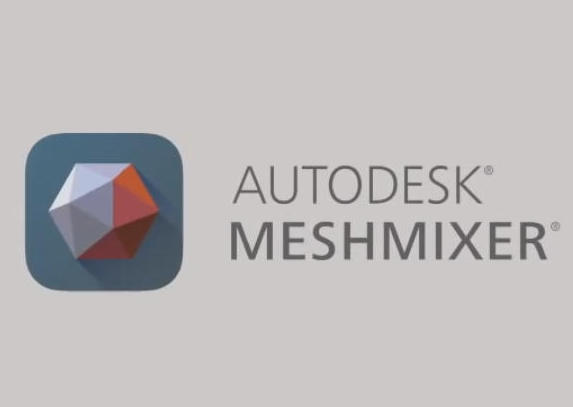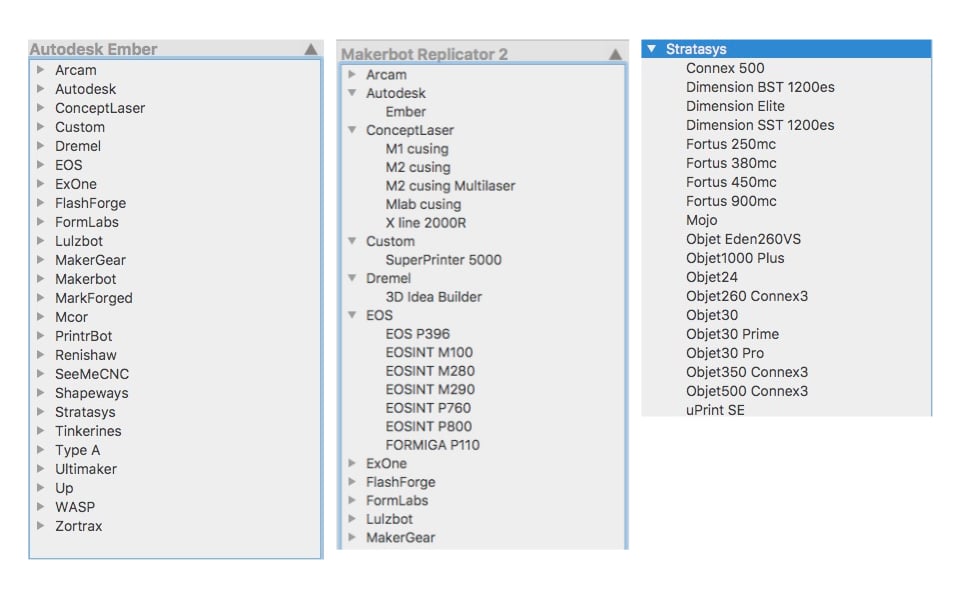
I’ve noticed a reason why Autodesk’s free Meshmixer tool might still be supported.
Why would I consider such a question? Simply because Autodesk has been “cleaning house” of their free tools recently, making big changes to their 123D suite and Netfabb tools.
These tools were mostly acquired by Autodesk during the past few years and as I speculated in a previous post, perhaps simply to get hold of their user bases for future migration to paid tools.
One of the tools they picked up was Meshmixer.
Meshmixer is without a doubt the essential “swiss army knife” for those using 3D printing technology. It doesn’t create 3D models, but it does permit you to perform a number of critical operations on 3D models, including sizing, orientation, cutting, cleaning, repairing and, yes, mixing of 3D models. You can get by with just the tools provided by your 3D printer manufacturer, but Meshmixer just does so much more that isn’t often available in manufacturer tools.
It was an independently created 3D model manipulation program first launched in 2009 by Toronto-based Ryan Schmidt. However, it was sold to Autodesk in late 2011, where it has continued to evolve more or less separately from other Autodesk products.
During this acquisition period Autodesk gradually brought such new tools under their 123D Suite, which they subsequently shut down or reallocated to other projects. However, for some reason Meshmixer was never caught up in these corporate maneuvers.
Today Meshmixer remains supported by Autodesk and in fact continues to gain new versions, including one from just last month.
Why would Autodesk leave this tool alone while most of the others have been relegated? It still exists within their “Research” program. I think I found a clue.
When you’re in Meshmixer you see a visual representation of the 3D build volume in which you can manipulate the 3D model. But which 3D printer’s volume is used?
That’s set with an innocuous pop up menu in the top right corner. If you select it, you will be presented with a VERY long list of 3D printers, 95 in the current version. The list is quite interesting.

The printer list includes a number of popular 3D printers typically used by hobbyists and prosumers, such as those from Dremel, Flashforge, Formlabs, Lulzbot, MakerGear, MakerBot, Printrbot, SeeMeCNC, Tinkerine, Ultimaker, Up and Zortrax.
But it also includes very clearly industrial 3D printers such as those from Arcam, Concept Laser, EOS, ExOne, MarkForged, MCOR, Renishaw and Stratasys.
Yes, you will very expensive machines on this list, such as the EOS Formiga, Fortus 900mc and Objet500 Connex3 high end polymer printers, as well as the even more expensive Arcam Q20, Concept Laser M2 and EOS M290 3D metal printers.
Why would Autodesk include options for industrial equipment in this “hobby” tool? Equipment that costs in some cases, millions of dollars.
Because it isn’t.
No, I believe Autodesk is positioning the former “hobby” tool as a proper tool that should be used by everyone in the 3D print space, from the most newbie hobbyist to professionals using expensive equipment.
And that’s why Meshmixer is still going strong.
One change we might see in the future is a paid version of Meshmixer, or an integration of its long-refined features directly into some of their paid products, but so far that hasn’t happened.
Via Meshmixer

